Blog
Blog Posts
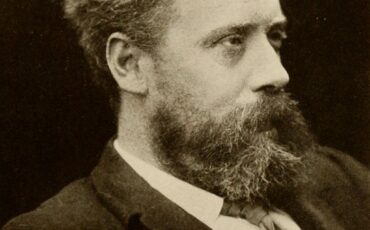
William Ernest Henley, ‘The Unwilling Pirate’ at St Paul’s Cathedral in London
St Paul’s Cathedral is often second choice when it comes to competing against Westminster Abbey. Visitors to London, inquisitive to know about the traditions of royalty, are not going to want to see celebrities of earlier times unless it is Churchill, Lady Diana’s wedding or Margaret Thatcher. For most Americans, the American Chapel is the draw – they are patriotic and that is the bait on the hook!
Read more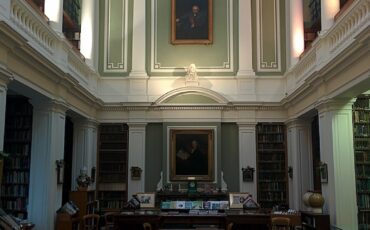
The Linnean Society at Burlington House in London
The Linnean Society is one of a number of learned societies that have made Burlington House their home. It was founded in 1788 by the amateur botanist Sir James Edward Smith who, spurred on by the President of the Royal Society, Sir Joseph Banks, purchased the natural history collection of the Swedish naturalist Carl Linnaeus, who is known as the father of taxonomy – the classification and naming of biological organisms based on shared characteristics.
Read more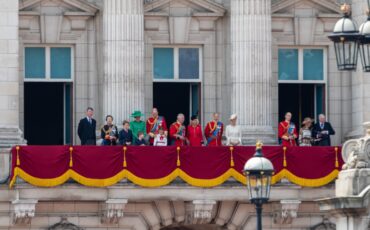
British Royal Family Finances: How is the Royal Family Funded?
The Royal Family of the United Kingdom is financed in a number of different ways. Its main source of income is the Sovereign Grant (the Civil List until 2012), which currently costs £86.3 million a year. This comes in the form of a grant from the government that meets the costs of the royal residences, staffing, travel and state visits, public engagements, and official entertainment.
Read more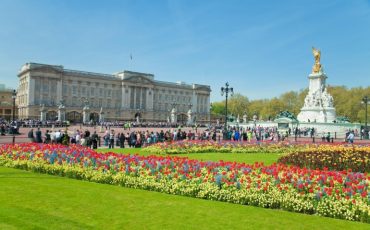
Buckingham Palace Summer Opening: A Guide to Visiting the Royal Residence
Since its introduction in 1993, the Buckingham Palace Summer Opening allows visitors a rare opportunity to explore the State Rooms of the monarch’s official London residence. 2024 was a record-breaking year for Buckingham Palace, which welcomed the most visitors in the history of its summer opening.
Read more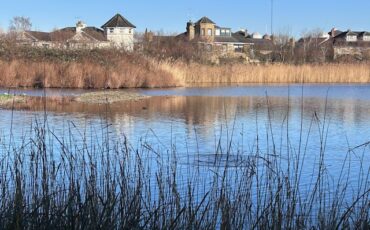
Discover London’s Hidden Wetland Oasis: A Sancturay for Wildlife
Did you know that much of modern-day London is built on reclaimed marshland? In Roman times the Thames flowed through vast wetlands—possibly five times wider than it is today. London, which began as the small Roman settlement of Londinium, expanded rapidly during the Middle Ages, driven largely by farmers reclaiming marshes, building embankments, and, in some cases, property owners pushing into the river for coveted waterfront land. Yet, amidst the sprawling urban jungle, there exists a peaceful haven—a nature reserve that offers a tranquil escape from the hustle and bustle. Welcome to the London Wetland Centre.
Read more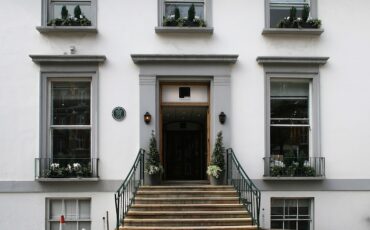
Abbey Road – Where the Beatles Recorded in London
Although they broke up over fifty years ago, the Beatles remain Britain’s favourite pop group and have now become part of the tourist business in London. The group came from Liverpool and were originally called the Quarrymen after Quarry Bank High School which John Lennon, the group’s founder, attended. Iconic places that the Beatles sang about, such as Penny Lane and Strawberry Fields, are found in Liverpool 200 miles north of the capital.
Read more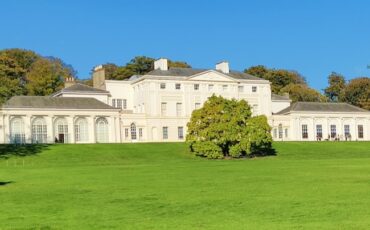
Kenwood House: A Stately Home Nestled in Hampstead, London
Just off the road between Hampstead and Highgate, perching resplendently on a ridge that offers a commanding view over inner London’s rooftops and skyscrapers, the Blue Badge tourist guide and his or her clients will find one of London’s ‘hidden gems’: Kenwood House.
Read more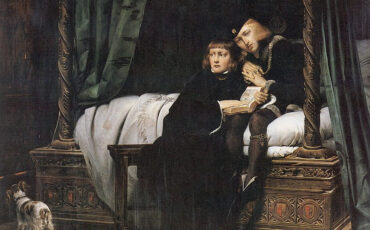
Who Killed the Little Princes in the Tower of London
Yeoman Warders, often referred to as ‘Beefeaters,’ conduct their own tours of the Tower of London. However, they are not allowed to say that Richard III had ordered the killing of his own nephews, who are often referred to as ‘the Little Princes in the Tower.’ This is because the Ricardian Society, who believe Richard was innocent of the crime and had been unjustly accused of it by William Shakespeare and others, dispute this view and will come down on anyone who supports it. This just goes to show how a small but vocal group can exert influence and proclaim the innocence of one who is an obvious villain.
Read more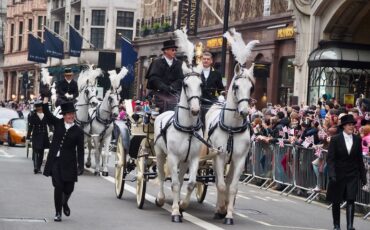
5 Fun Ideas for New Year in London
The end of December through January is a fun time to be in London. Christmas may have passed, but the atmosphere is still quite festive, and there are loads of events to ring in the New Year and get you excited about the start of the year. Below are some of the major events and activities to entice you to plan a visit to our fair capital London which continues to bounce back with an increasing number of tourists!
Read more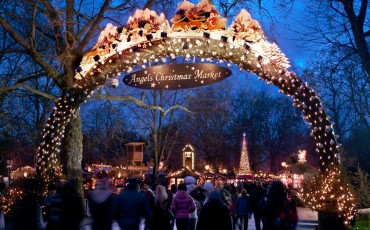
13 London Christmas Markets: Purchase Unique Gifts and Festive Delights
Embrace the joyous spirit of Christmas and discover a treasure trove of unique gifts at London’s enchanting Christmas markets. From the bustling South Bank’s festive market to quaint neighborhood fairs, these eight markets offer an unparalleled Christmas shopping experience. Immerse yourself in the twinkling lights, handcrafted delights, and heartwarming cheer that permeate these seasonal havens.
Read more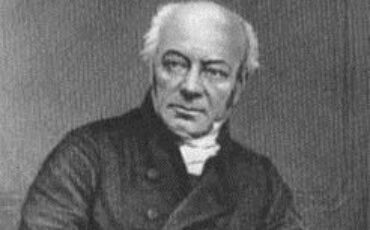
William Buckland – The Dinosaur Dean – at Westminster Abbey in London
Working as a Blue Badge Tourist Guide in I often show my guests – especially if they have young children – the bust of the William Buckland in the south aisle of Westminster Abbey. He may hardly be a household name but Buckland is memorialised for his appointment as Dean of the Abbey in 1845 and his work as an early palaeontologist and undergroundologist (geologist). He excelled at two of the new sciences that would enthral Britain in the nineteenth century.
Read more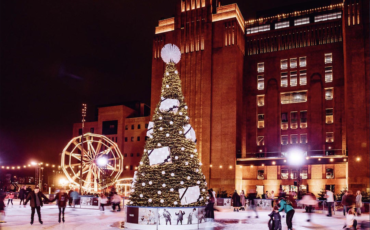
Ice Skating in London – 4 Open Air Ice Rinks To Enjoy Over The Christmas And New Year
Christmas festivities in Central London usually start with the putting up of Christmas lights in the major shopping areas. But nowadays, the laying out of ice rinks in popular tourist attractions makes the visitor experience much more fun. Here are five places where you can enjoy skating in London with amazing scenic views.
Read more


